
The Illinois Department of Natural Resources’ (IDNR) Division of Wildlife Resources administers four special grant programs that are funded by Illinois outdoorsmen and women through the purchase of Habitat Stamps and Migratory Waterfowl Stamps. These are the Illinois Habitat Fund, State Pheasant Fund, State Furbearer Fund and the Migratory Waterfowl Stamp Fund. Together, these programs are designed to protect, acquire, enhance or manage wildlife habitat and to support limited research and educational programs to further advance this mission.
The last Ice Age glaciers receded more than 10,000 years ago from what now is Canada, leaving millions of shallow depression wetlands. Today, this area is known as the Prairie Pothole Region (PPR) and encompasses 212,000 square miles in the provinces of Alberta, Saskatchewan and Manitoba and parts of North and South Dakota, Montana, Minnesota and Iowa in the U.S. The PPR hosts 314 species of birds, including an estimated 15.7 million ducks, or 38 percent of the annual North American breeding population. Mallards are the most common (23 percent) of the 18 breeding waterfowl species that frequent the area. The PPR supports 60 percent of the breeding gadwalls, 48 percent of the blue-winged teal and at least 62 percent of the redheads.

Illinois Duck Stamp Funds to PPR
Fifty percent of the funds derived from the Illinois Migratory Waterfowl Stamp are allocated to appropriate not-for-profit organizations, such as work on the development of waterfowl propagation areas within Canada or the United States.
“Reviewing bands recovered from ducks bagged during the Illinois waterfowl season it is quickly evident the importance the Prairie Pothole Region has to the Prairie State,” explained Randy Smith, Illinois Department of Natural Resources (IDNR) Wetland Wildlife Program Manager. “Of the bands recovered by Illinois hunters, 22.6 percent were from birds produced in Saskatchewan and 17.5 percent from birds produced in Manitoba. Even stronger evidence for the value of the PPR exists when you consider that 86.8 percent of the banded birds harvested in Illinois were produced in Saskatchewan, Manitoba, Ontario, North Dakota, Minnesota and Wisconsin.”
Joel Brice, Vice President of Waterfowl and Hunter Recruitment Programs for Delta Waterfowl, reiterated the importance of understanding the dependence of points north for production of waterfowl.
“Most of us are dependent on someone else for the production of the ducks available during waterfowl season,” Brice said. “Waterfowl are both a continental resource and a continental management issue and we must keep an open mind to points north and south of us when undertaking any management action.”
Ninety-three percent of the waterfowl harvested annually in North America occurs in the U.S. and yet, on a broad scale, about 70 percent of the birds were produced in Canada.

The Illinois Migratory Waterfowl Stamp Committee recently reviewed applications for such non-profit projects in waterfowl production areas, considering criteria such as location, habitat quality, overall value and how Illinois stamp funds will be leveraged. Their focus was on critical wetland and upland habitat in Saskatchewan and Manitoba, where a large percentage of the ducks that migrate through Illinois and the rest of the Mississippi Flyway originate. Smith explained that projects selected for funding outside Illinois must specifically enhance waterfowl populations in the Mississippi Flyway and relate to goals outlined in the North American Waterfowl Management Plan.
Three PPR waterfowl habitat conservation projects were selected for the latest round of grants.
- To Ducks Unlimited, Inc. (DU), $352,500 for use in Saskatchewan
- To DU, $72,500 for use in Manitoba
- To Delta Waterfowl Foundation (DWF), $75,000 for use in Manitoba
Delta Waterfowl Foundation Project
The DWF project funded for Manitoba will span 2,580 acres. Illinois’ $75,000 contribution will be leveraged to create a project totaling $801,599.
“Illinois has been supporting easement efforts in Manitoba since 2000,” Brice explained. “This perpetual wetland easement program ensures that critical wetland habitat can’t be drained or altered but instead will continue to provide breeding habitat for ducks and other wetland-dependent wildlife.”
Since 2000 Illinois’ contribution has allowed easements on 7,433 acres of wetlands and associated upland habitat. Leveraging with additional money from other states and the North American Wetlands Conservation Act (NAWCA) has allowed for the protection of 112,038 acres.
To maximize nesting success of mallards, DWF utilizes Hen House, or artificial nesting structures. Study data found that each occupied Hen House fledges an average of 2.31 mallards. To date, 4,300 hen houses have been erected in Manitoba.
“Too often the emphasis on duck stamps is on the fee, but if more people understand what the money is doing they might be willing to pay more for a stamp, buy an additional stamp or even purchase a stamp in years they aren’t able to hunt,” Brice remarked.
Ducks Unlimited Projects
“The Illinois/Saskatchewan partnership dates back to 1995, with a continuous annual contribution except for the period from 2016-2018 when the Illinois budget impasse didn’t allow for expenditures.” explained Dave Kostersky, Manager of International Partnerships for DU Canada. “The cumulative contribution from Illinois is just over $12 million, which has helped to underwrite a number of activities, including purchase of easements, our primary habitat protection program, and restoring wetlands on agricultural lands throughout either acquisition or easement. A lesser amount of funding is dedicated to landowner partnership programs, such as providing incentives to convert cultivated land to grassland or to fall seed winter wheat which provides great spring cover and is not disturbed until after the breeding season.”
This year, DU received funding for projects in both Saskatchewan and Manitoba. The Saskatchewan prairies and parklands area contains more than a million wetlands, with more than 500 DU projects having occurred within the area. Illinois’ $352,500 partnership grant will be matched three-fold by DU and NAWCA funding, ultimately resulting in $1.41 million for conservation of critical waterfowl habitat. The conservation work will occur across 2,604 acres.
“Usually the Illinois contribution focused on work in Saskatchewan but based on waterfowl band return data we had an opportunity to expand our program in Manitoba,” Kostersky said. “DU has undertaken more than 250 projects across the 500,000 wetlands occurring in Manitoba. Illinois’ $72,500 partnership grant of will be leveraged with DU and NAWCA funding, resulting in $590,000 for conservation of 952 acres of critical waterfowl habitat.”

Benefitting Wetland and Wetland-Dependent Species
State partnership programs are administered through the Association of Fish and Wildlife Agencies, which in 1991 set goals for each state to provide match for NAWCA. Today, 41 of 48 lower states participate, with a broad national goal of $10 million of contributions annually. Although the national goal has not been met, Illinois has achieved, and exceeded, its goal.
“The Illinois Department of Natural Resources, and their counterpart fish and wildlife agencies, are critical partners in leveraging resources for the on-the-ground work taking place on the breeding grounds of large numbers of North American waterfowl,” said Smith.
“We can’t just protect just what is left but need a suite of programs to achieve the NAWCA goals to protect what is at risk, restore what is lost and work with the industry to encourage and support positive outcomes for waterfowl,” Kostersky concluded. “State duck stamp dollars are an absolutely critical part of the leveraging formula that allows work to take place in Canada benefiting wetlands and wetland-dependent species.”
“As a waterfowl hunter you never know what tomorrow will bring, and it is exciting to see the changes in species and numbers of birds from day to day,” Brice said. “That is the hope and dream part of waterfowl hunting, which is made possible by the work taking place throughout North America to manage migratory waterfowl.”
Kathy Andrews Wright retired from the Illinois Department of Natural Resources where she was editor of OutdoorIllinois magazine. She is currently the editor of OutdoorIllinois Journal.







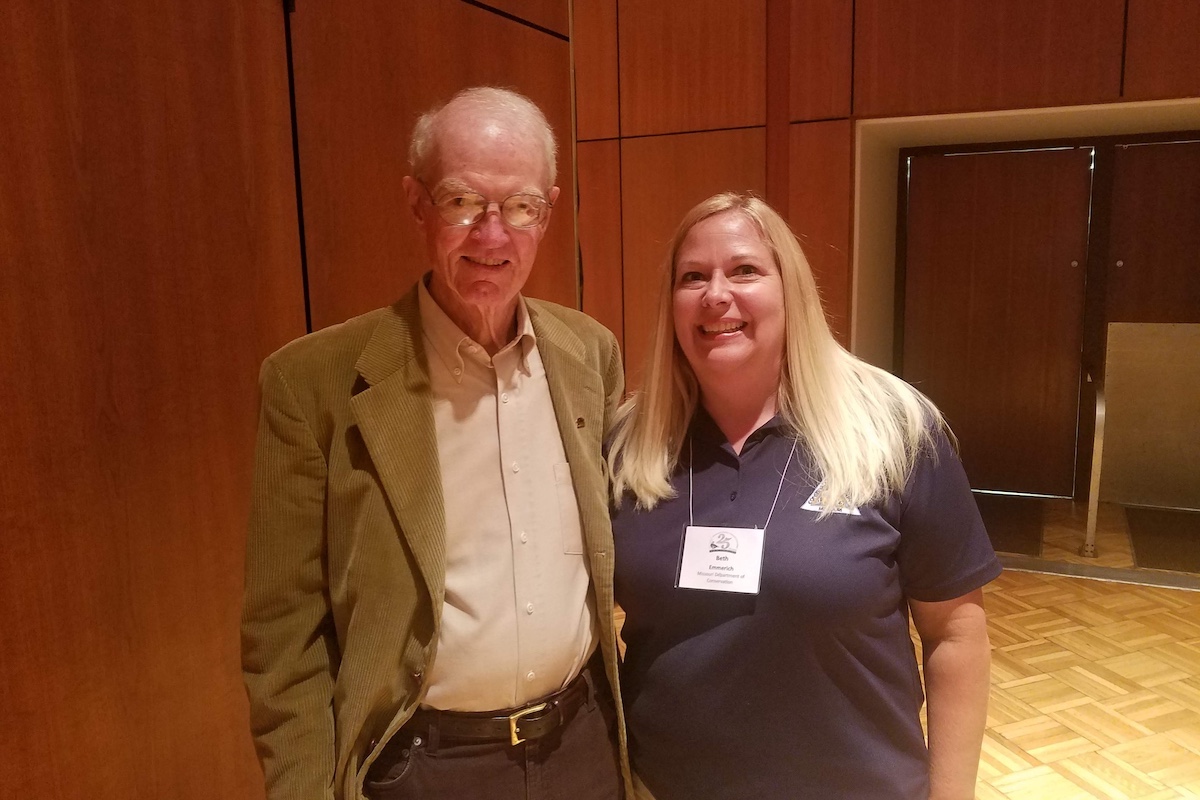
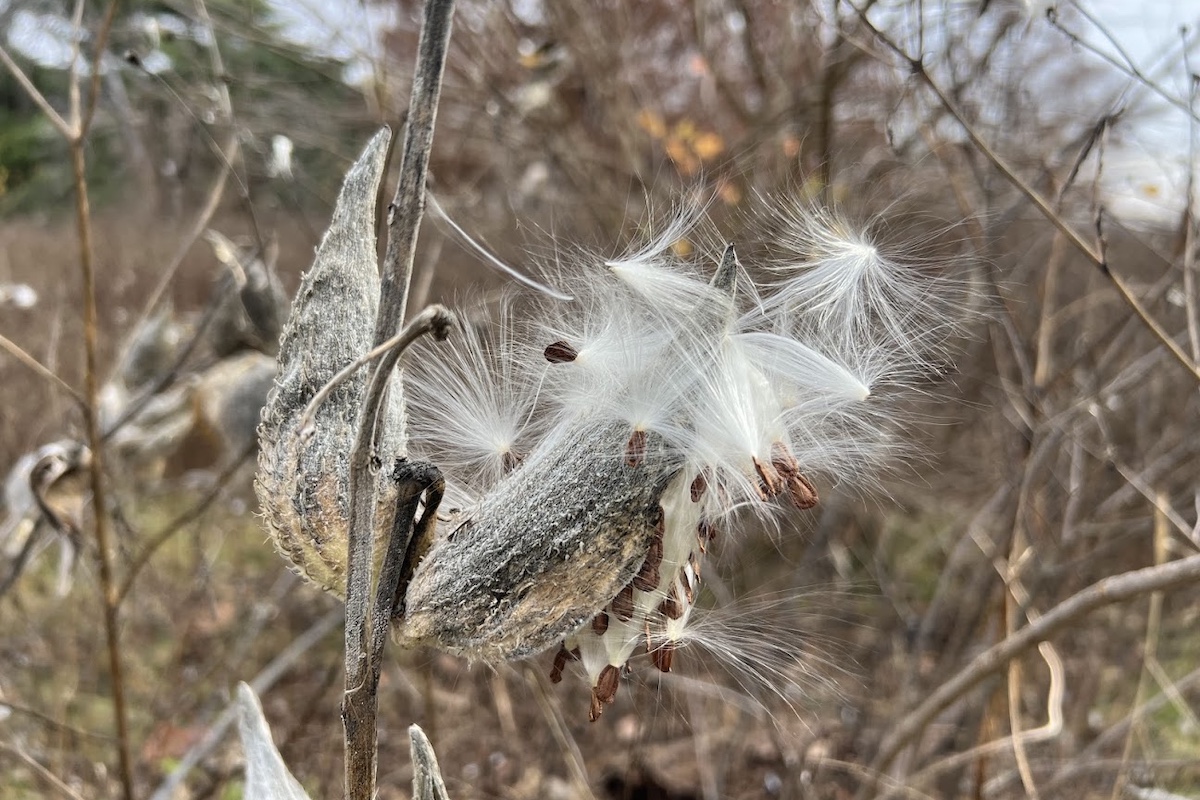
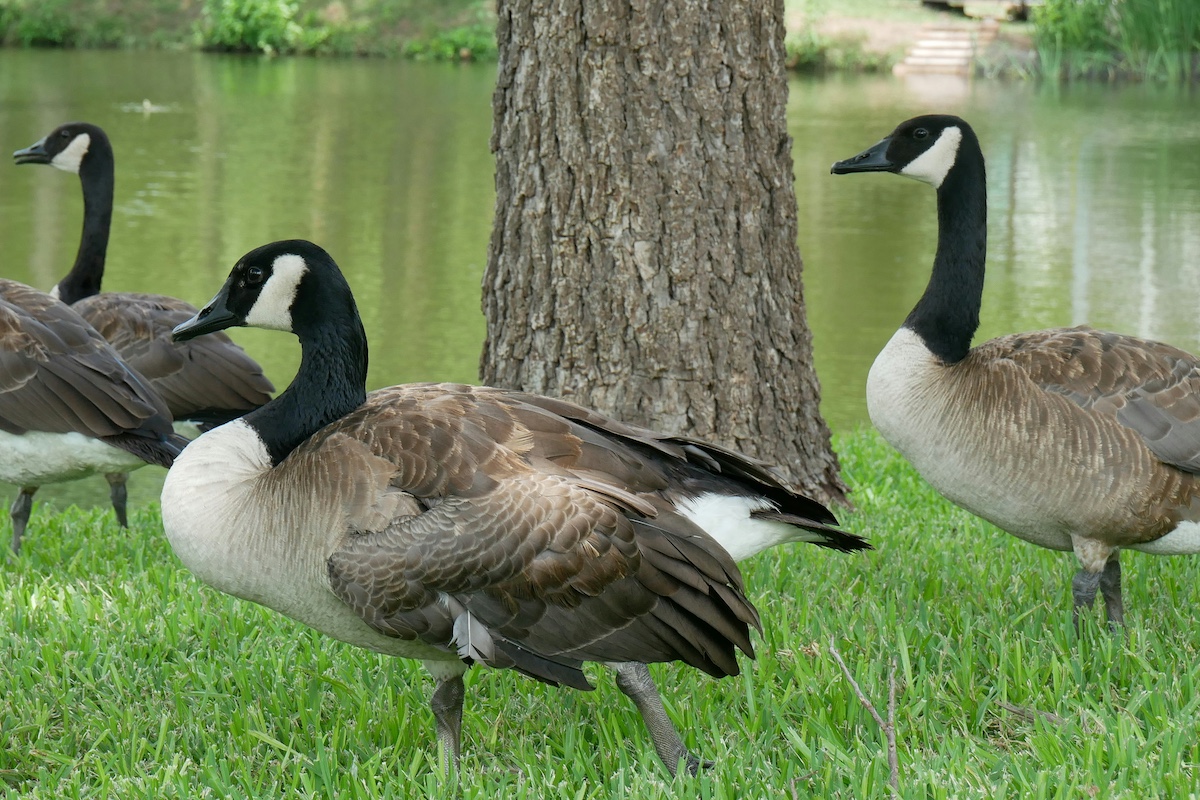
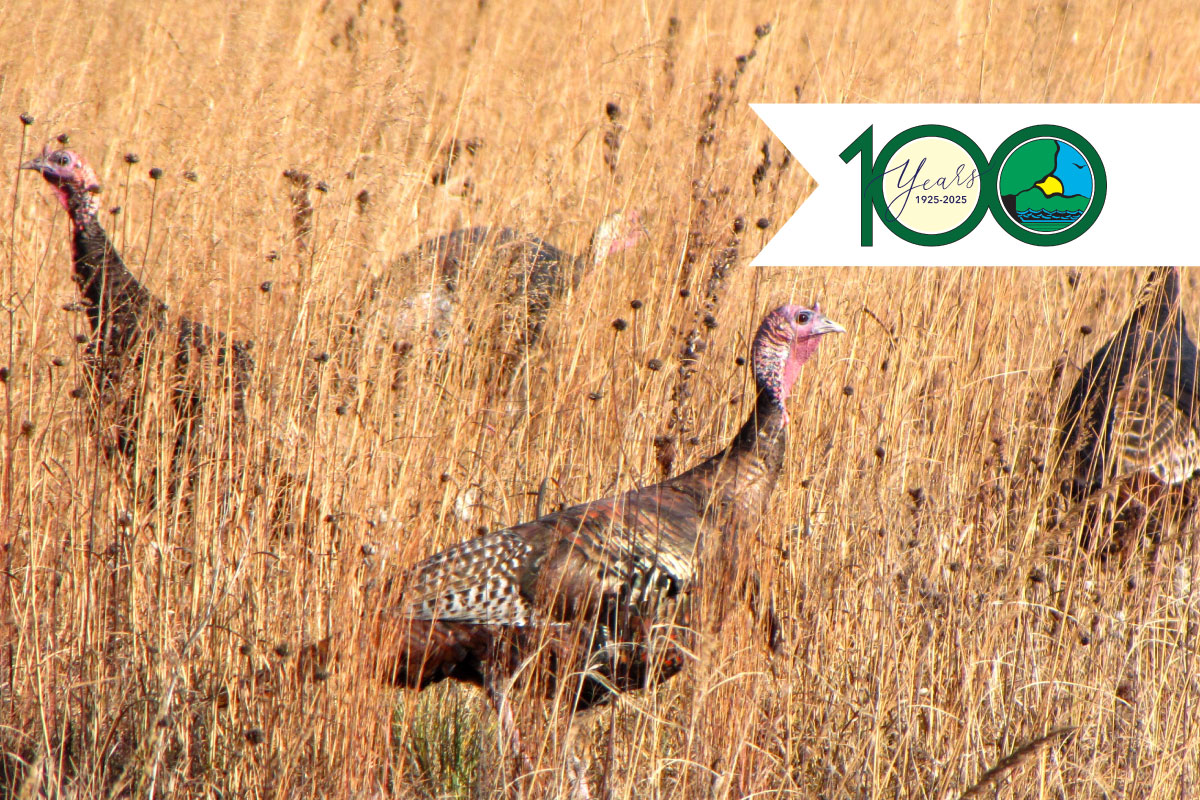
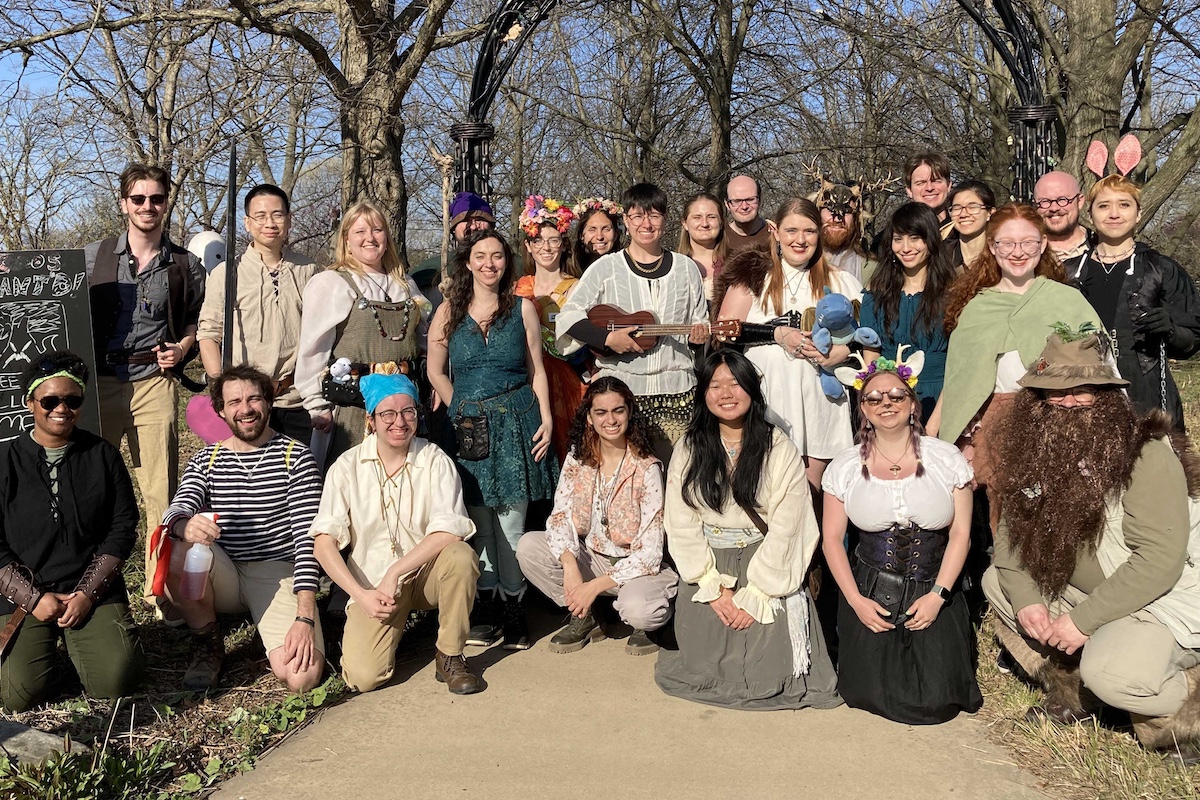
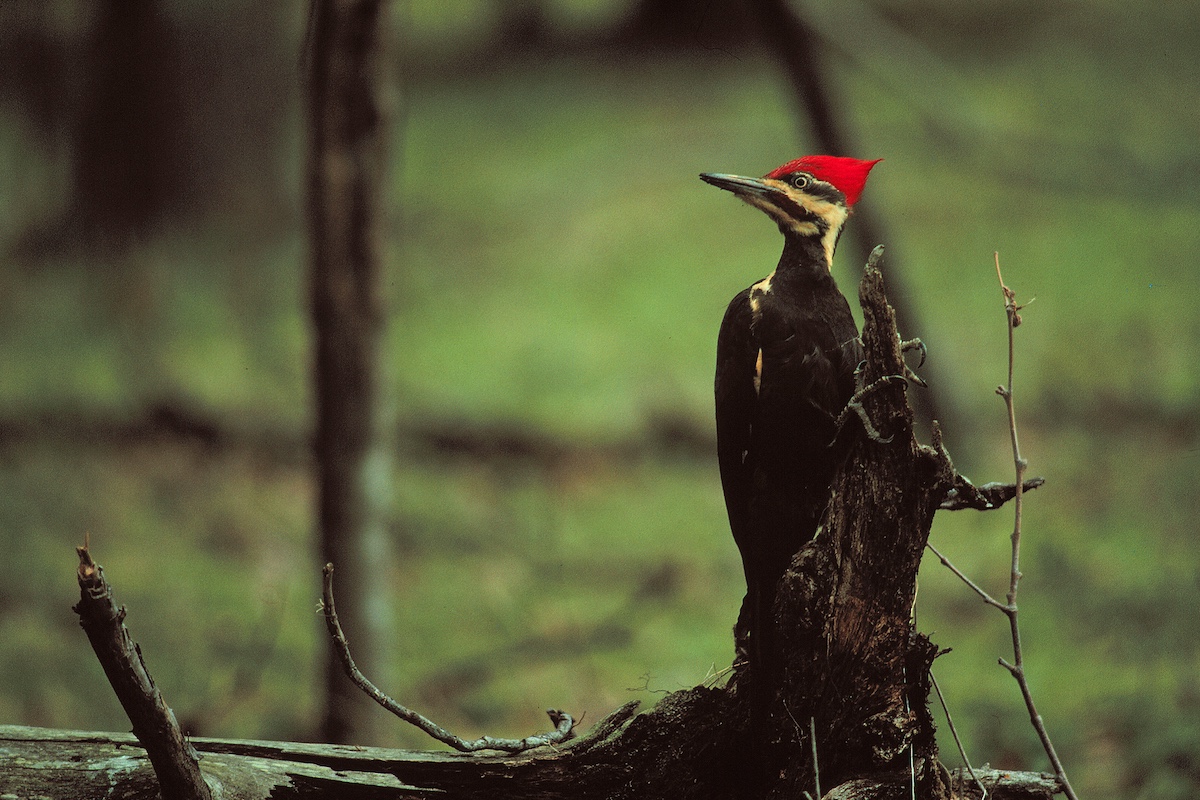
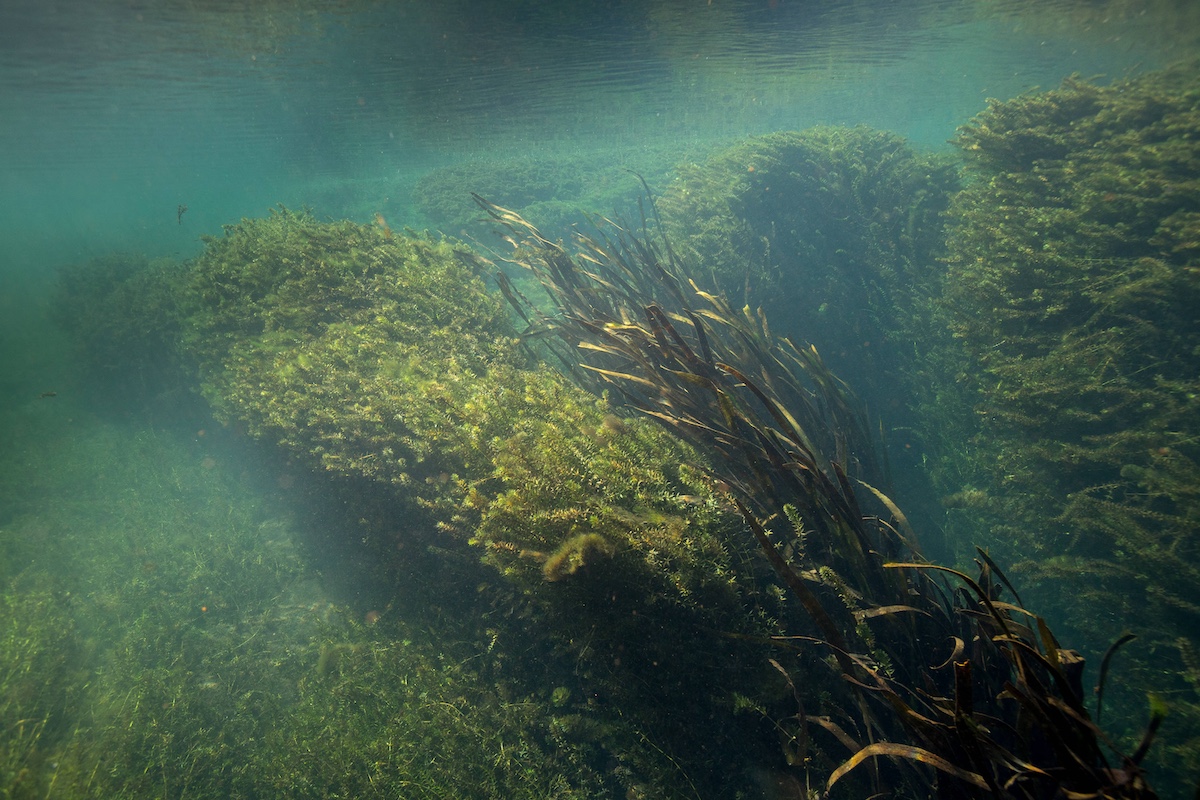
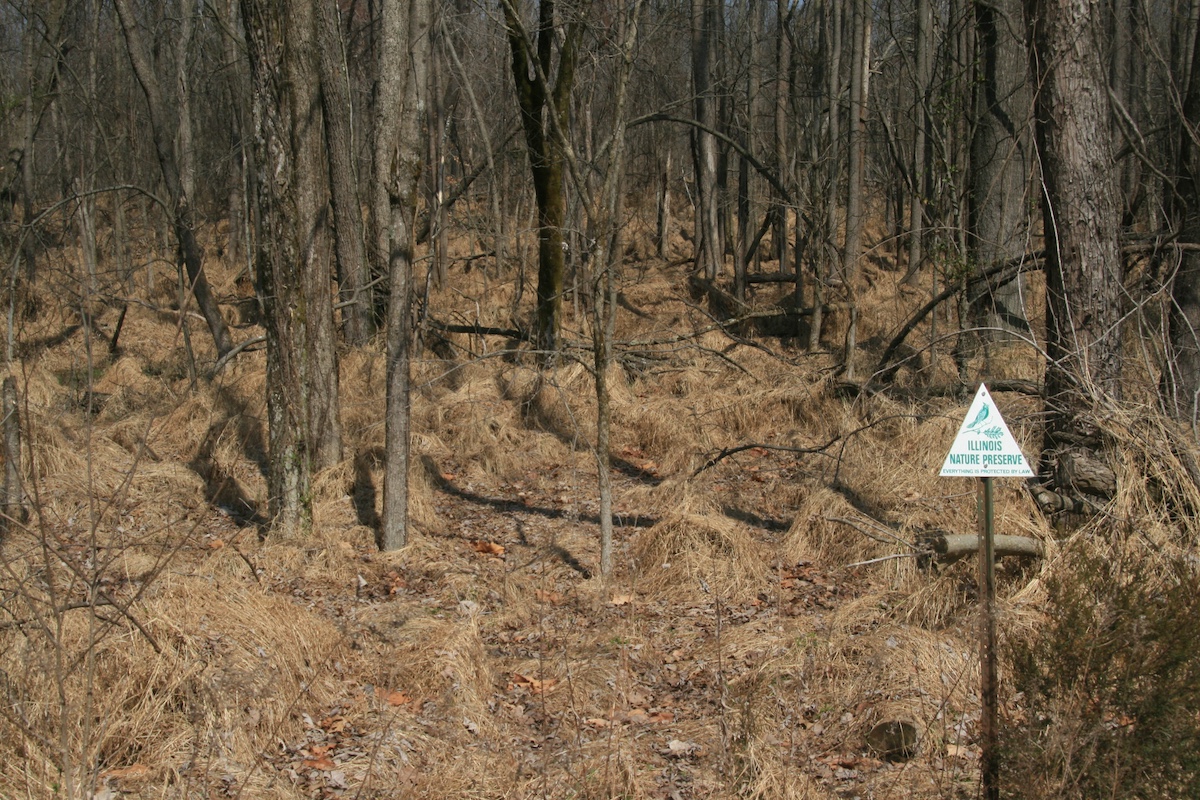
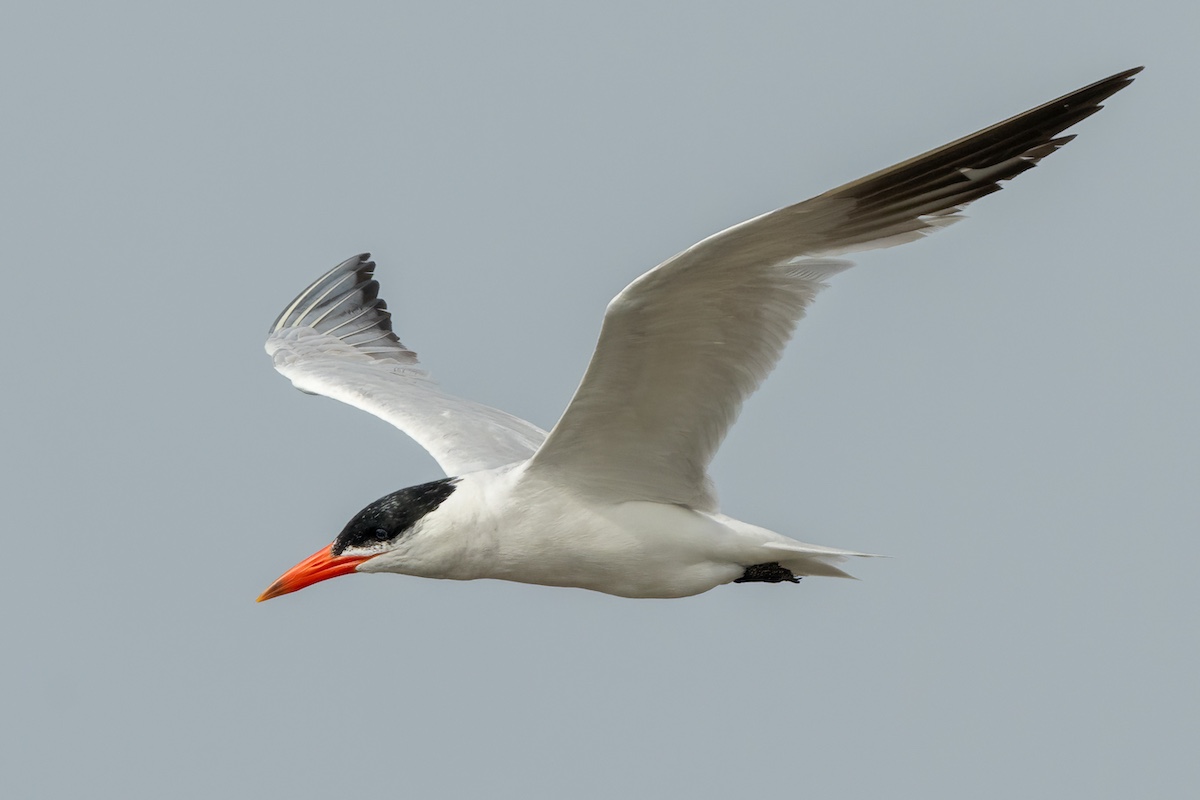
Submit a question for the author